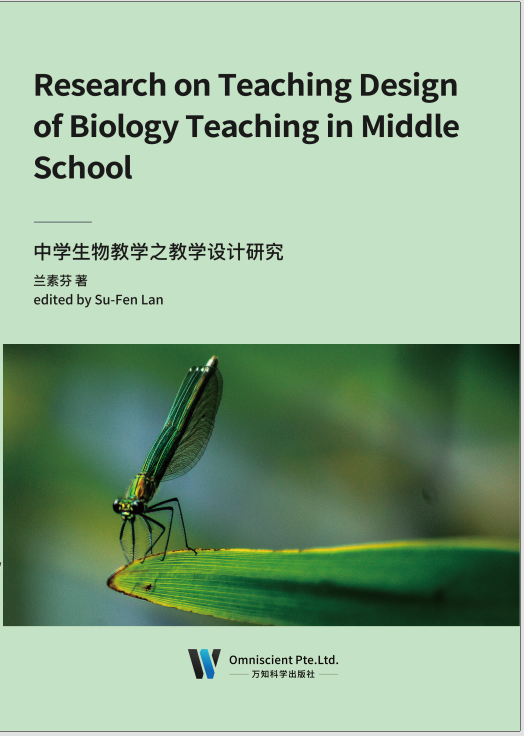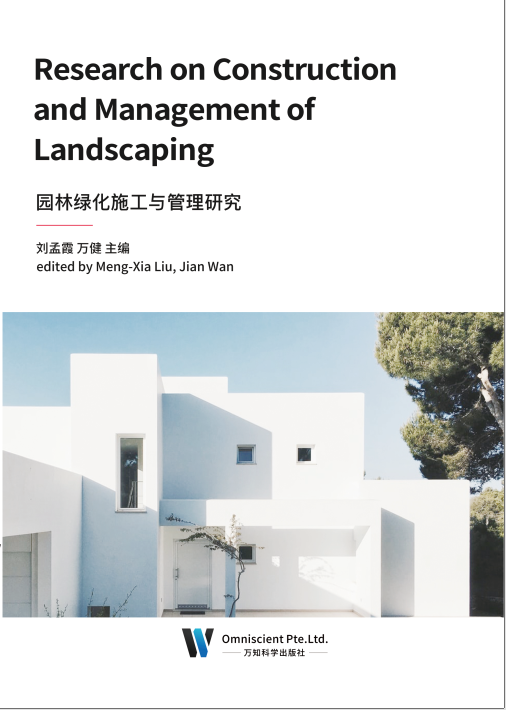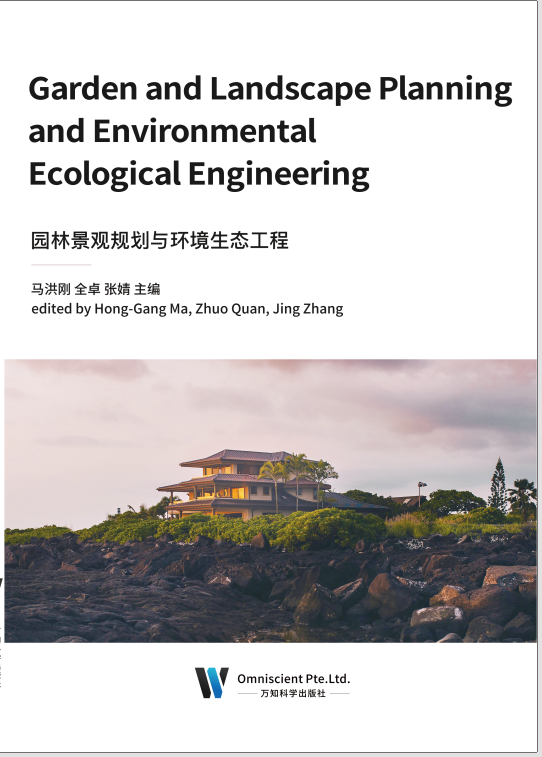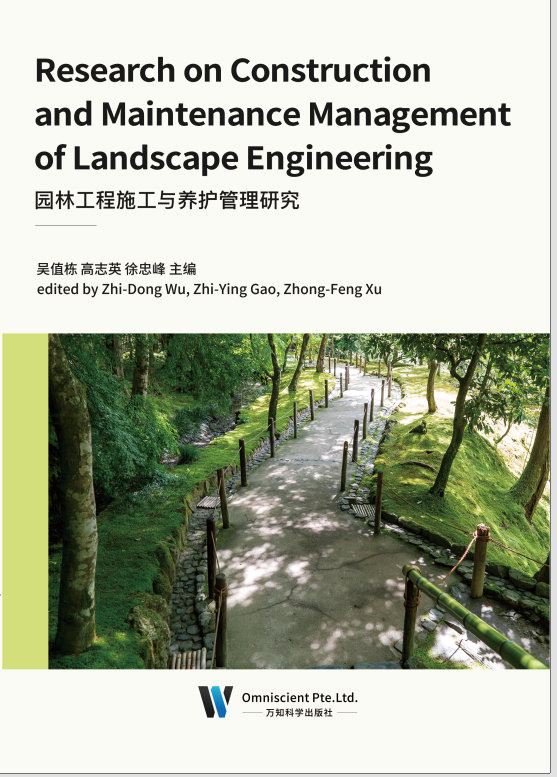
随着我国市场经济机制的完善和发展,我国的基础设施建设力度也明显增多,特别是对于公路交通设施基础上的投资力度也明显增强,这给予公路建设单位提供了不可多得的发展机遇。同时也给更多的公路建设单位提出了更高的要求。尤其是对施工环节和管理方面要能够特别注重工程质量的提升,这不仅仅是关系到企业的整体形象,更是关系到人民的生命和财产安全。所以,只有加强公路桥梁的质量,才有促使我国公路桥梁的工程施工更加的科学化和规范化;尽管在近些年以来我国公路建设取得长足进步,特别在施工技术和管理层面上都得到一定的发展。但是在很多的方面还是存着不足之处,而其中主要是公路的质量问题是最为突出的,在公路桥梁建设方面与其他的建设工程不同,这是一项具有高度复杂性和重要性的工程项目,从另外一方面来说,在保证施工进度的基础上要能够尽可能控制好公路桥梁建设的成本支出,同时还要能够严格满足公路桥梁的质量要求。如果不能对公路桥梁施工环节进行有效监督和管理,这就很有可能给公路的安全造成一定的隐患。
从设计角度出发,加强公路桥梁设计的合理性, 做到提升其实用性和适用性;同时还要做好公路桥梁施工阶段的管理能力,做到保质保量、建立高品质桥梁的效果。

随着生物技术的大发展,中学生物的教育也越来越受到国家的重视, 21 世纪是生物技术大发展的世纪,我们身边的植物、动物、微生物越来越多的被我们了解,环境、人口等重大问题在解决时也应用到了很多生物知识。因此,中学生物的教育也越来越受到国家的重视。中学教育是一个学生逻辑思维和创新思维形成的关键时期,而当前全世界的育 人模式是素质教育,所以高效创新的生物课堂上对同学们来说至关重要。
增强综合国力关键是提高民族创新能力,要推进课程改革,转变学习方式,倡导自主学习、合作学习和探究学习。在生物教学中,教师要抓住课堂教学的主渠道,转变教学思维,开展创造性教学,即运用科学的教学方法,结合生物学科教学的特点,挖掘教材内容中所含的创造性因素,改进实验教学设计,在传授知识、发展智能的同时,训练学生的创造性思维,发展学生的创造性个性,培养学生的创造精神。更好发展中学初中生物教育。

中国是公认的“世界园林之母”,风景园林文化是中华文化的重要组成部分。风景园林文化和科技源远流长,在几千年的发展过程中不仅为人类社会做出了杰出贡献,所提出的“天人合一”“人与自然和谐共生”等理念至今仍为世界所推崇和追求。在现代化建设过程中,我们更应该突出中国特色,光大中华国粹,继往开来,与时俱进,将现代科技 与优秀文化有机结合,为促进人与自然的和谐发展、为世界科学和文化建设作出更大贡献。
园林是人们利用生物和非生物因素的相互设计,依据科学原理和社会需求而创造的生活和游憩的空间环境。园林设计就是正确、合理的利用土地、水体、建筑、植物等自然因素,创造各种能引起人们喜悦和爱慕之情的生活境域,即创造各种优美的园林景观环境。园林设计也可称为园林景观设计。
景观设计作为建立在环境艺术设计概念基础上的艺术设计门类,涉及自然生态环境、人工建筑环境、人文社会环境等各个领域,涉及艺术、建筑、园林、规划、产品等各个专业,是一个综合性很强的公共环境设计系统,必将在城市化建设中发挥重要作用。由于景观设计发展迅速,并且随着城市、区域环境的发展,景观设计方面的专用人才,尤其是高质量的具备实践动手能力方面的人才远不能满足发展的需要。
环境是城市经济社会发展的载体,城市环境美化是提升城市竞争力的途径和居民生活品质的手段。城市环境是城市整体环境、城市社区环境和城市家庭环境组成的有机系统,既包括建筑、园林绿地、基础设施等硬环境,也包括生态文明、居民素质等软环境,环境美化是关于硬环境美化与软环境美化的统一。爱美之心人皆有之,环境美化成为人们的共同追求。因此,发现环境美化的规律,研究环境美化的方法,引导人们的环境美化意识,对于现代城市的发展与和谐社会的建设都具有重要的意义。

现在人对生活质量的追求越来越高,人们在千变万化的生活环境中,视觉审美也在不断变化。尤其是在当前绿色出行、低碳经济的发展环境下,现代园林景观建设更加注重融合生态发展观念,与生态环境相融合,以寻求人与自然的和谐发展。并且现代景观设计已经面向广大的群众, 游赏者的视觉感知是景观的重要元素之一,而景观设计必须符合现代的生态环境发展理念。园林规划与设计不单纯是进行种草、植树、设置相关设施以及摆雕塑,而是通过科学的空间划分以及种植密度来实现其景观效果,使其具备相应的美学价值,体现其功能性,实现改善生态环境以及生态
系统的目的。
本书分为八个章节,从规划、设计、建设、管理等角度对园林景观工程进行了详细的分析与阐述,发现其中存在的各种问题,并提出了相应的建议、措施和方法,从而为中国园林事业发展贡献一份力量。

随着经济的发展,城市进入生态环境建设阶段,园林绿化市场竞争变得异常激烈,企业要想在激烈的市场竞争中生存求发展,就必须向用户提供质量好、造价和工期合理的新产品,而生产一个优良产品,除了设计、材料供应等因素之外,更要靠合理的施工工艺和有效的施工现场管理来保证。施工管理水平的高低决定着企业对市场应变能力和竞争能力。
随着社会的不断发展,城市居民对环境的绿化要求也不断的提高,因此,必须要搞好城市的园林绿化工作。园林的绿化管理工作包括两个环节,一个是前期的施工过程,还有一个就是后期的养护过程,将两项工作做到完美的结合,那么,园林的整体观赏价值就会有较大的提高。在园林绿化过程中要充分保证施工的有效的,后期的养护也是合理科学的,否则,园林环境的优化和美化就会成为空谈。
要营建高质量园林绿化工程,营造人性化的园林景观,既要园林工程设计符合自然法则, 遵循生态学原则, 亦不可使园林绿化施工和养护管理在实施过程中分离,只有让施工和养护有机的结合贯穿于工程管理的始终,才能建造出高质量的合格园林产品,才能将设计意图体现,赋予特定景观独特的理念和精神,才能实现自然社会、经济效益的最大化,力求达到园林工程建设的目的。